Maximum power: 440W--450W
Module conversion efficiency can reach 19.98%
Number of cells: 72cells
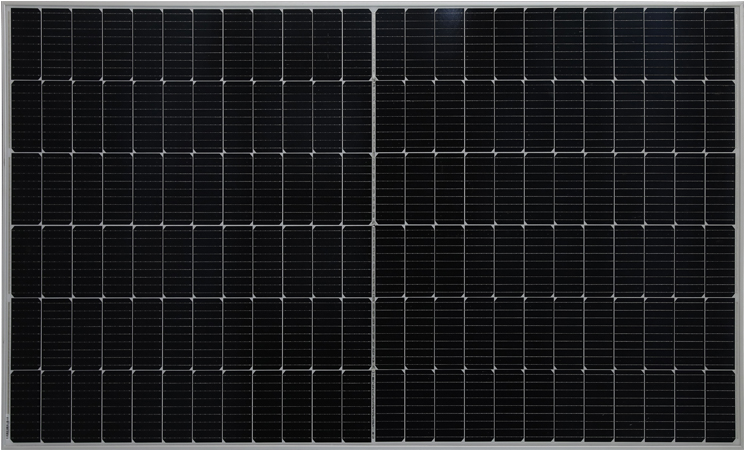
Maximum power: 440W--450W
Module conversion efficiency can reach 19.98%
Number of cells: 72cells
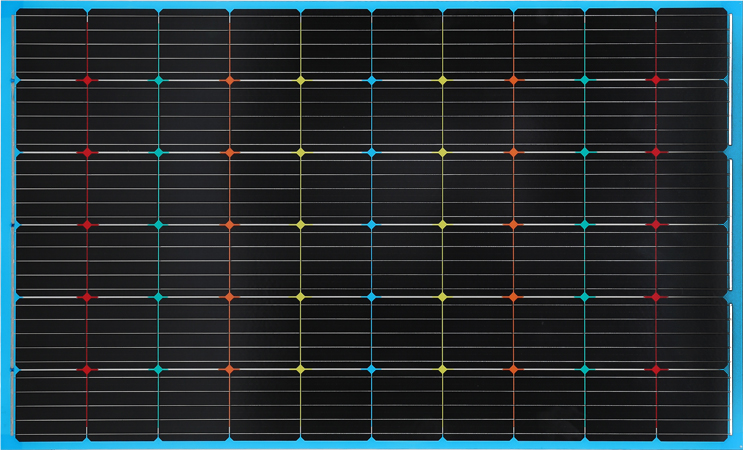
Maximum system voltage: 1500V
Maximum system current: 15-16A
Tolerance range: 0~5W

Maximum system voltage: 1500V
Maximum system current: 15-16A
Tolerance range: 0~5W

Maximum system voltage: 1500V
Maximum system current: 15-16A
Tolerance range: 0~5W
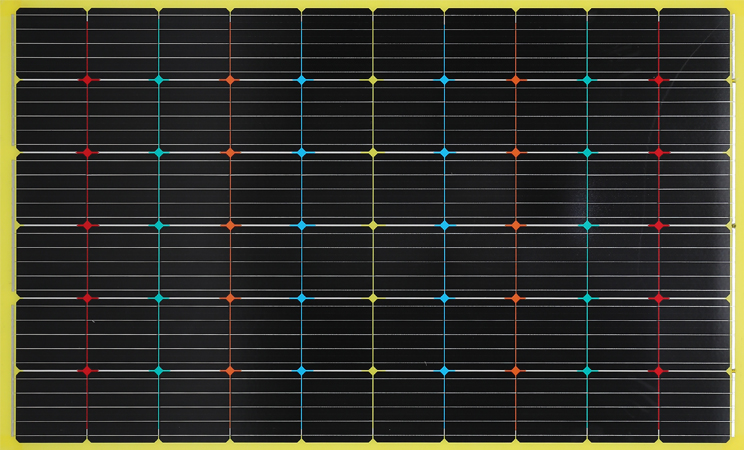
Maximum system voltage: 1500V
Maximum system current: 15-16A
Tolerance range: 0~5W
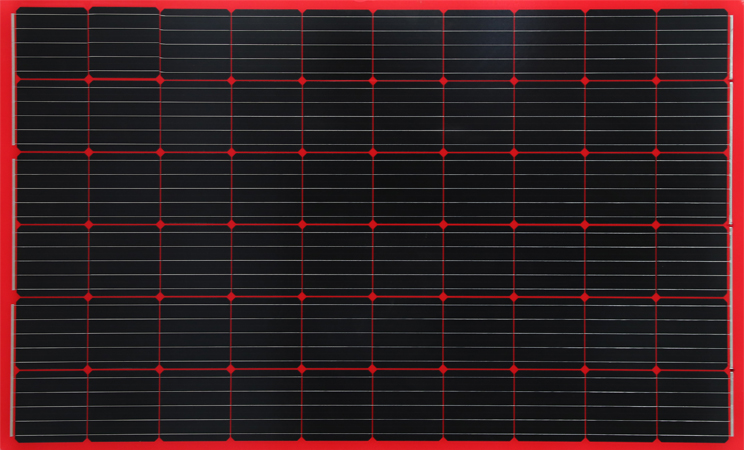
Maximum system voltage: 1500V
Maximum system current: 15-16A
Tolerance range: 0~5W
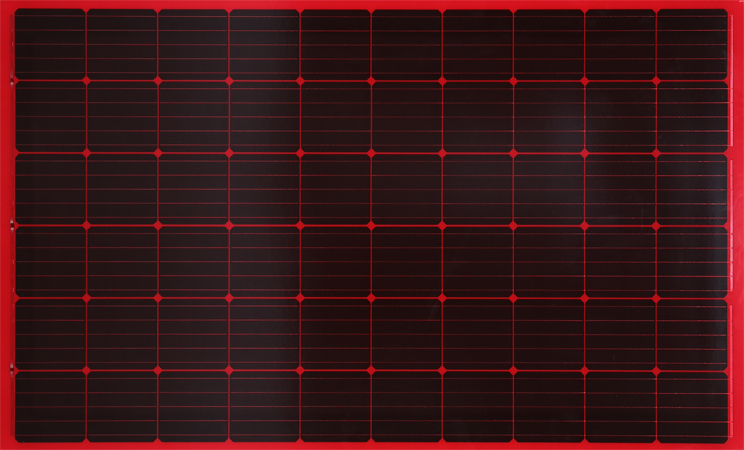
Maximum system voltage: 1500V
Maximum system current: 15-16A
Tolerance range: 0~5W

Maximum system voltage: 1500V
Maximum system current: 15-16A
Tolerance range: 0~5W